 The Whitney Laboratory for Marine Bioscience
The Whitney Laboratory for Marine Bioscience

Whitney Laboratory has established an oyster restoration initiative in the area. Learn more about the program below.
Make a Gift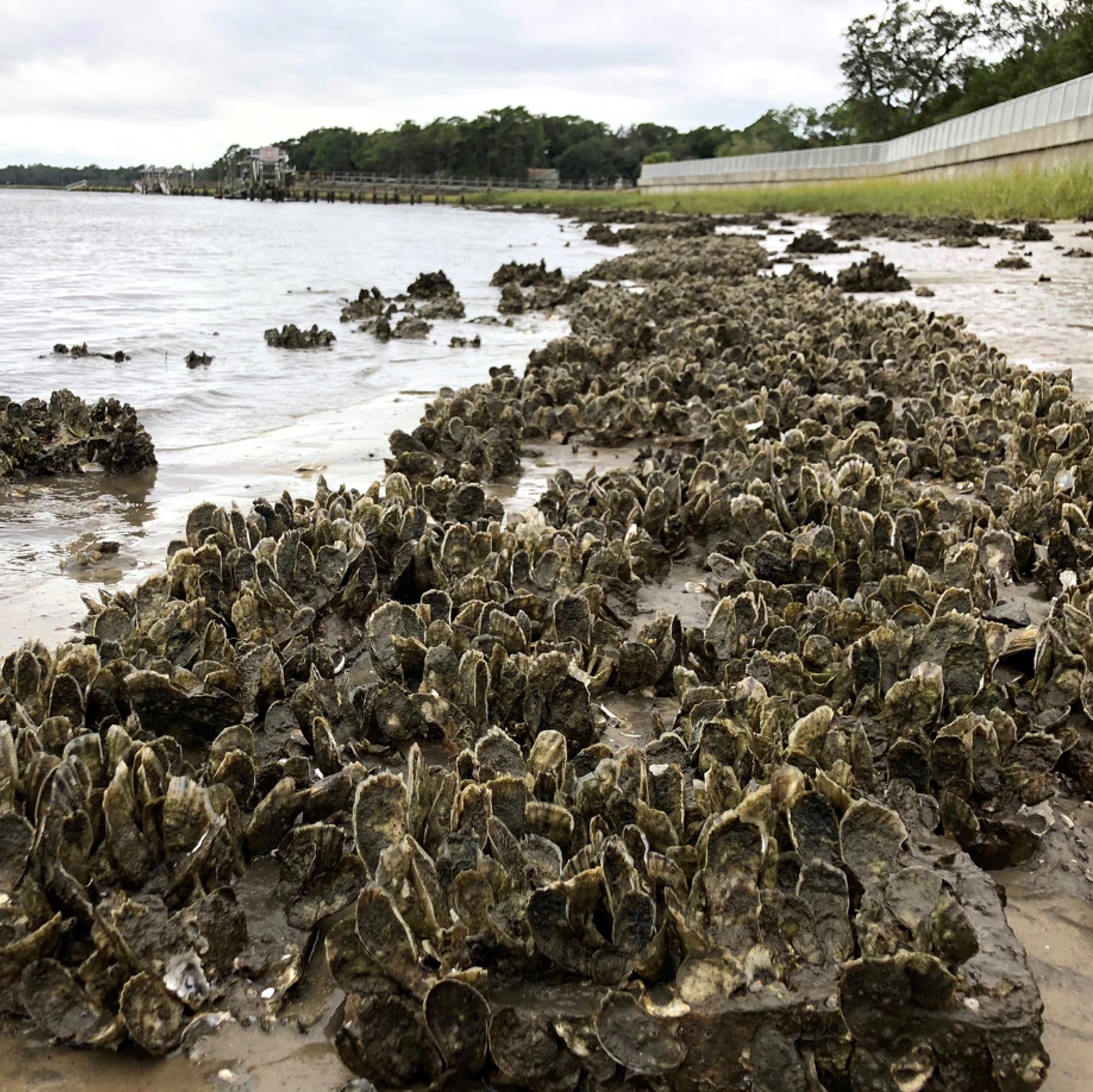
The Oyster Restoration Initiative entered its sixth year and we continued to engage citizen scientists, advance our understanding of oyster ecology, and restore local oyster reef habitats in our coastal ecosystem.
To date, Whitney Laboratory volunteers and staff have created over 10,000 environmentally friendly Community Oyster Reef Enhancement (CORE) Modules to restore habitats, prevent shoreline erosion and promote biological diversity. They were deployed at multiple locations in Northeast Florida in a joint study with IFAS extension agents. Several new sites were established in partnership with the Riverside Conservancy in Edgewater, Florida where 2,500 CORE modules were used to restore oyster reefs in the Northern IRL. Citizen science oyster gardeners in Northeast Florida continued to grow oysters and collect important environmental data like water temperature, salinity, and water clarity for Whitney Laboratory.
In early 2020, Whitney Laboratory volunteers and staff created over 1,000 environmentally friendly Community Oyster Reef Enhancement (CORE) Modules to restore habitats, prevent shoreline erosion and promote biological diversity. They were deployed at multiple locations in Northeast Florida in a joint study with IFAS extension agents. Currently a new project is in the development stage with the Riverside Conservancy in Edgewater, Florida where 1,500 CORE modules will be used to restore oyster reefs in the Northern IRL. Citizen science oyster gardeners in Northeast Florida continued to grow oysters and collect important environmental data like water temperature, salinity, and water clarity for Whitney Laboratory.
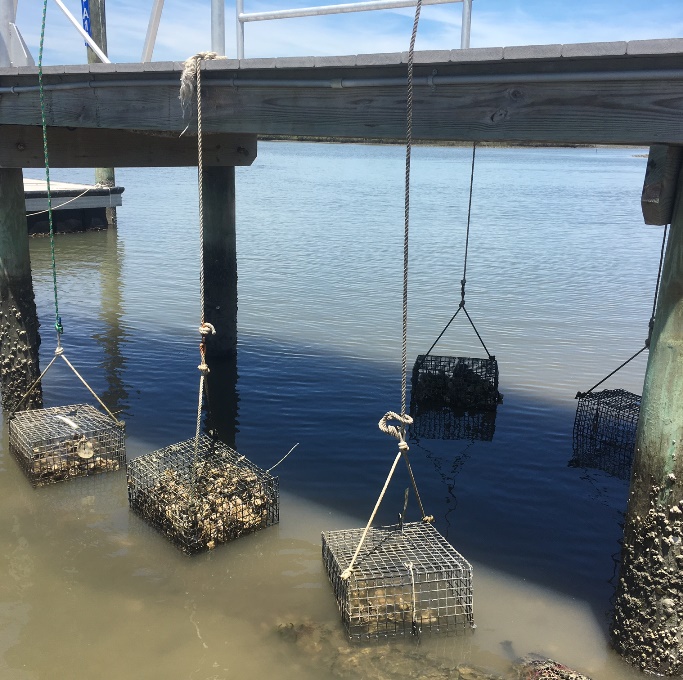
Community oyster gardening is a citizen science initiative in which community members with a saltwater dock volunteer their time to grow oysters for oyster restoration projects.
These citizen scientists hang two oyster habitats from their dock, maintain the habitats by pulling them once a week from the water, rinse them to remove any fouling and/or predators and record the water quality data at their sites.

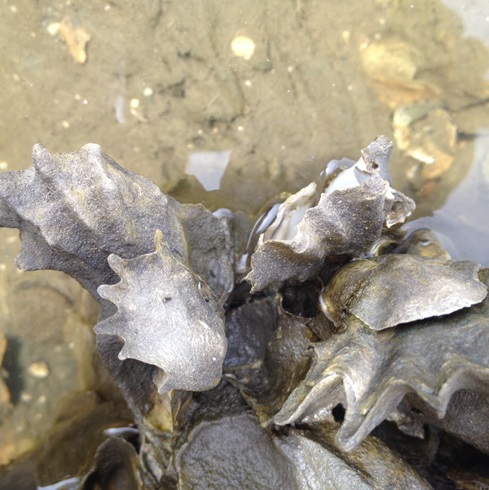

When oysters spawn, they release their sperm and eggs in the water. After fertilization, millions of eggs develop into a free-swimming larvae stage that lasts from two to three weeks (depending on water temperature), after which the larvae settle onto hard surfaces, preferably other oysters. At this point they are referred to as spat (less than 1 cm). Several spat may set on one oyster shell and remain there the rest of their lives. In Florida, adulthood is reached in about eight to 12 months, when they are ready to spawn. Mature oysters can spawn multiple times a year for many years.
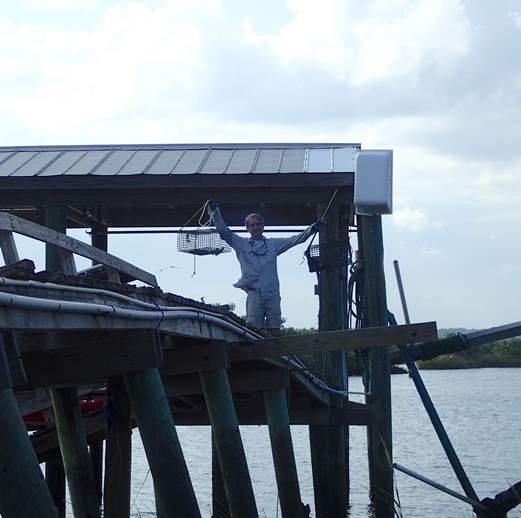
Oyster gardeners receive their ”seed” or “spat” on recycled oyster shell. These baby oysters are produced in our hatchery at the Whitney Lab. Here is how we do it: local oysters are spawned at the hatchery and their larvae reared for about two weeks. At the end of the free‐swimming larval phase, larval oysters are ready to set (attach) to a substrate. At this point we introduced clean recycled oyster shell and the larvae attach to the shells and undergo metamorphosis. We then move the “seeded” shells to our nursery for further growth until they are ready to be picked up by the gardeners.
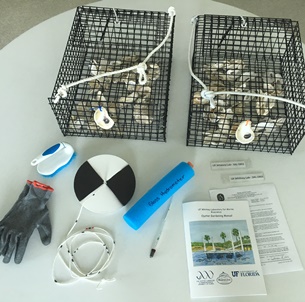
First, to become an oyster gardener, you must own a dock in a salty waterway with tidal flow and see evidence of oysters growing naturally nearby. Then, you must attend a two‐hour workshop to learn about the Oyster Restoration Program and get trained on how to maintain the habitats and record important data.
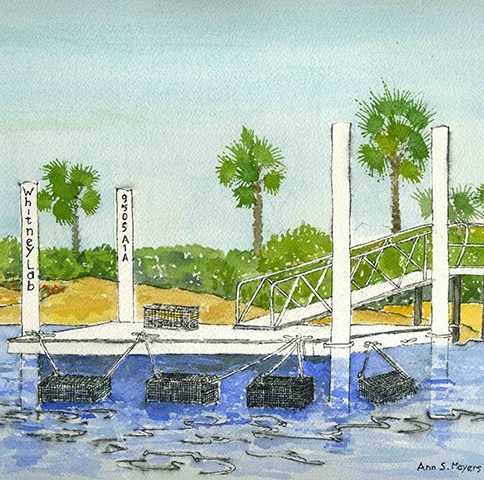
First, to become an oyster gardener, you must own a dock in a salty waterway with tidal flow and see evidence of oysters growing naturally nearby. Then, you must attend a two‐hour workshop to learn about the Oyster Restoration Program and get trained on how to maintain the habitats and record important data.
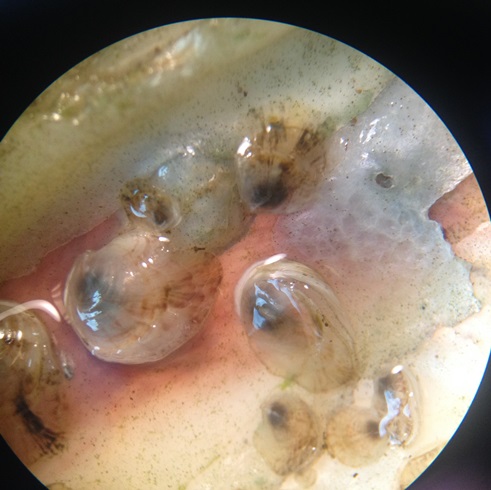
No, the oysters will be used to restore oyster reefs.
The modules are lightweight, easy to produce, plastic-free structures. They are structurally stable and provide abundant microhabitats for wild baby oysters (spat) to settle on and for diverse reef organisms.
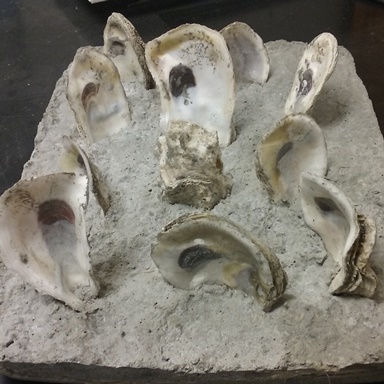

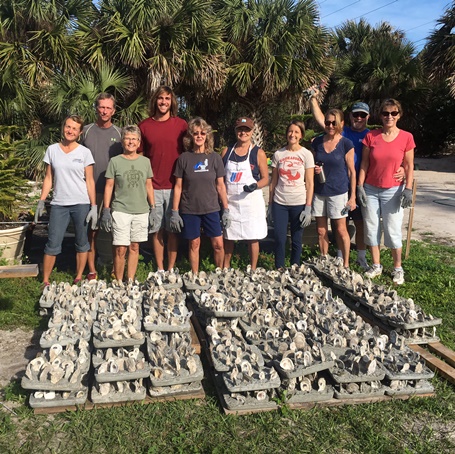
Three critical shoreline areas were identified in the local waters of the Matanzas River Estuary in Marineland, Fla. These areas were particularly vulnerable to erosion from boat wake exposure, wind‐driven currents/waves and storms as well as sea level rise. The CORE modules were deployed intertidally in rectangular arrays to maximize wave attenuation according to each site’s topography and exposure.
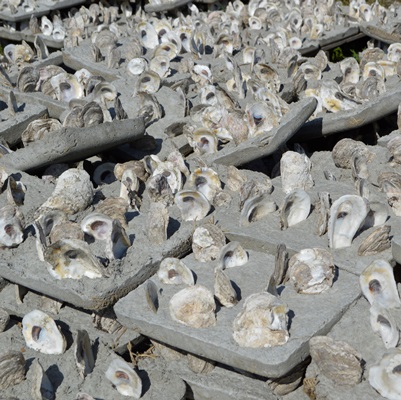
Oyster reef restoration efforts in Florida often utilize non-biodegradable materials such as plastics, thereby contributing to the detrimental accumulation of plastics in the environment. Recognizing the need to restore the degraded shoreline habitats of the Town of Marineland in an environmentally responsible way and engage local community volunteers, we designed the modules to be:
Results to date have shown that after four months of deployment, modules can successfully recruit between 150 and 200 oyster spat each.
The Florida Coastal Management Program funded this project with a Grant from the NOAA Office of Ocean and Coastal Resource Management awarded under the Coastal Zone Management Act. Completed June 2017. Funded by Florida DEP, The Town of Marineland and the St. Augustine Rotary Club.